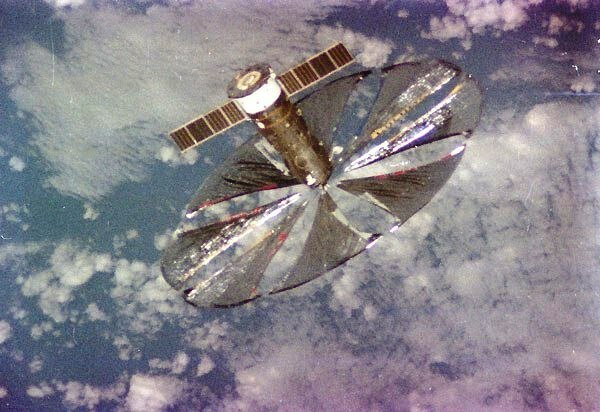- Joined
- 13 August 2007
- Messages
- 7,149
- Reaction score
- 6,522
Reflect Orbital is new startup company with bright idea
launch solar reflectors into earth orbit and illuminate Solar power farms on night site of Earth for a fee..

 www.reflectorbital.com
www.reflectorbital.com
what i think of this idea
View: https://www.youtube.com/watch?v=BwSts2s4ba4
launch solar reflectors into earth orbit and illuminate Solar power farms on night site of Earth for a fee..

Reflect Orbital - Solar energy, after dark
Reflect sells sunlight to solar farms using reflective satellites
what i think of this idea

